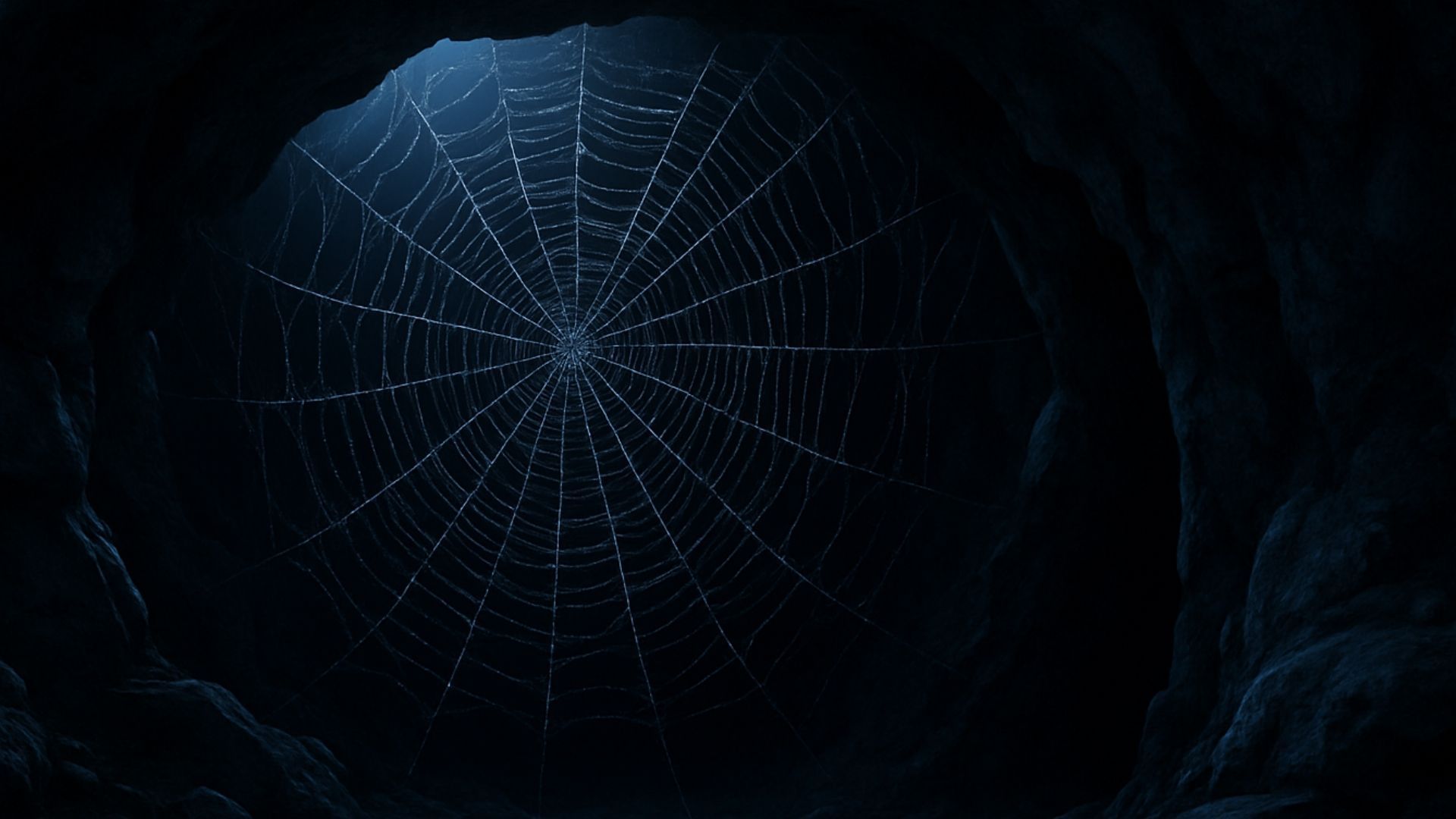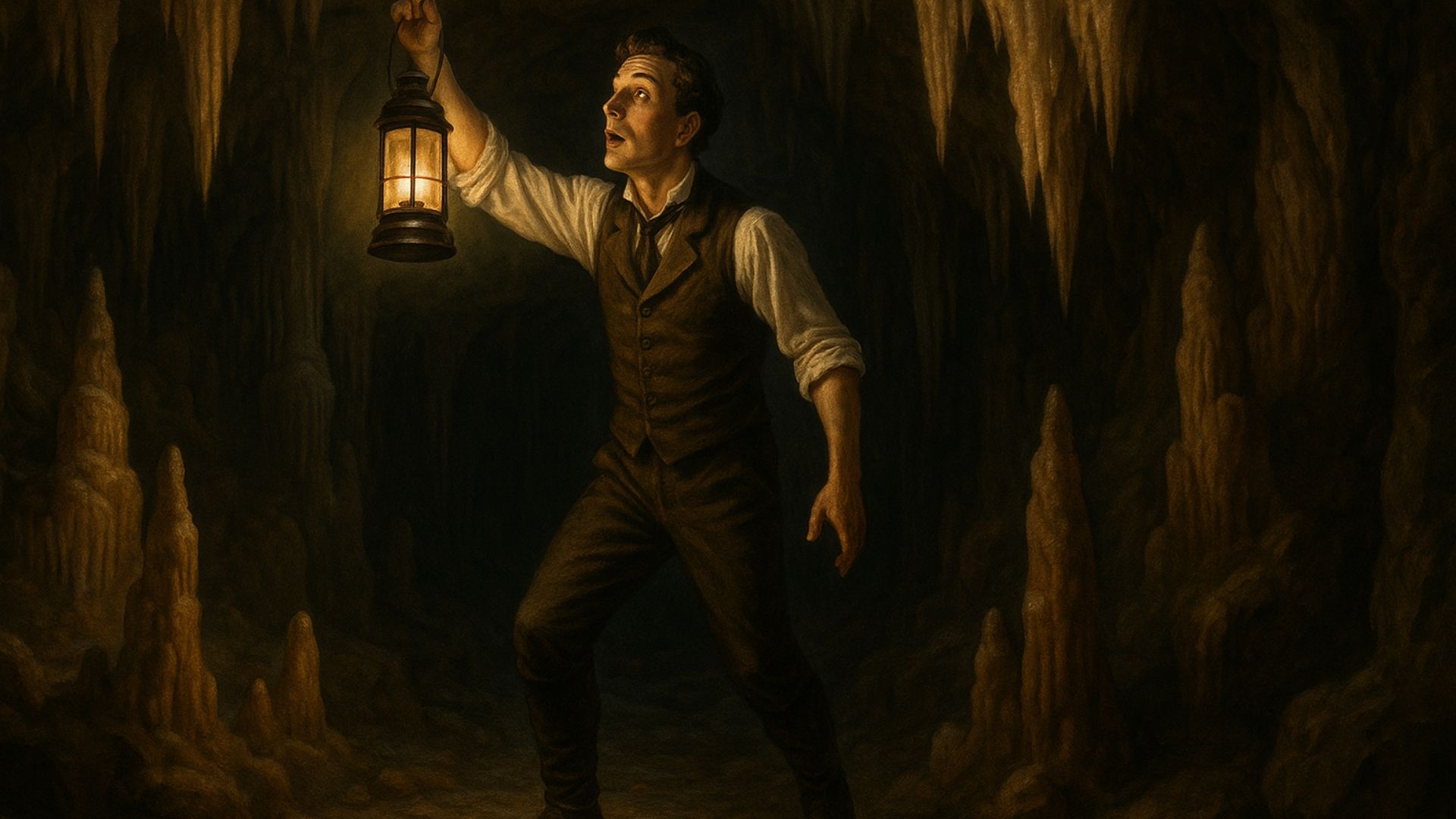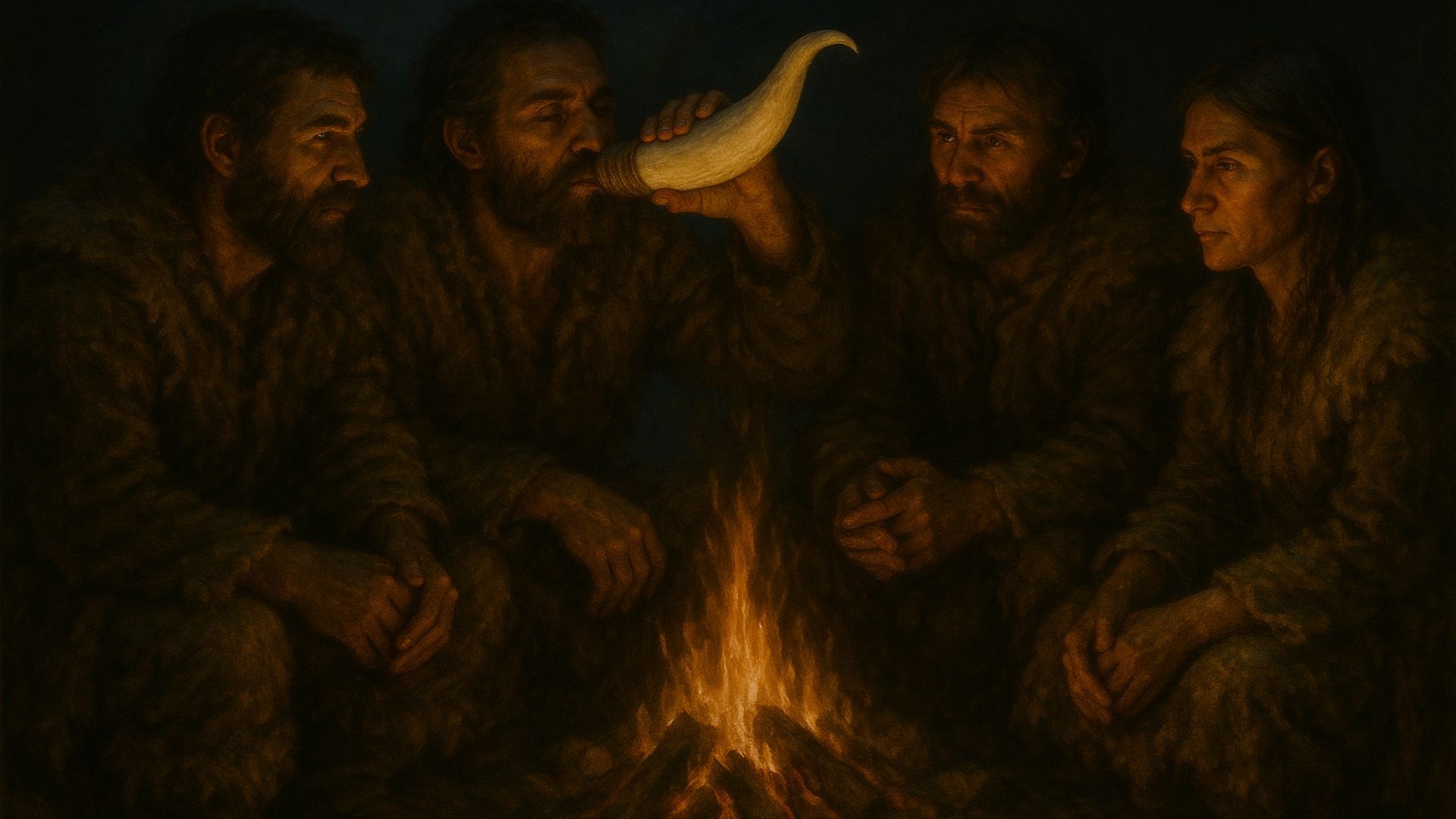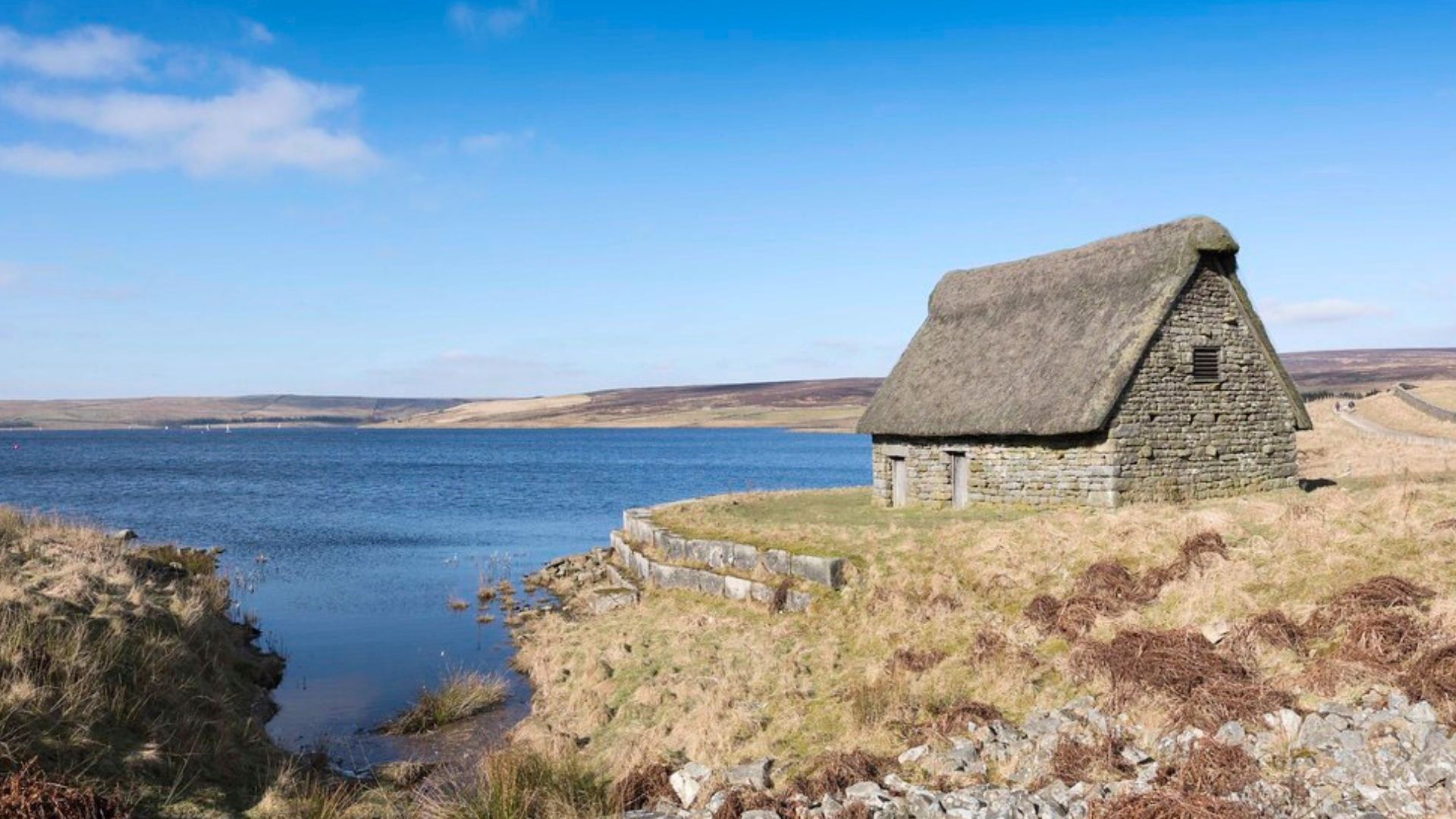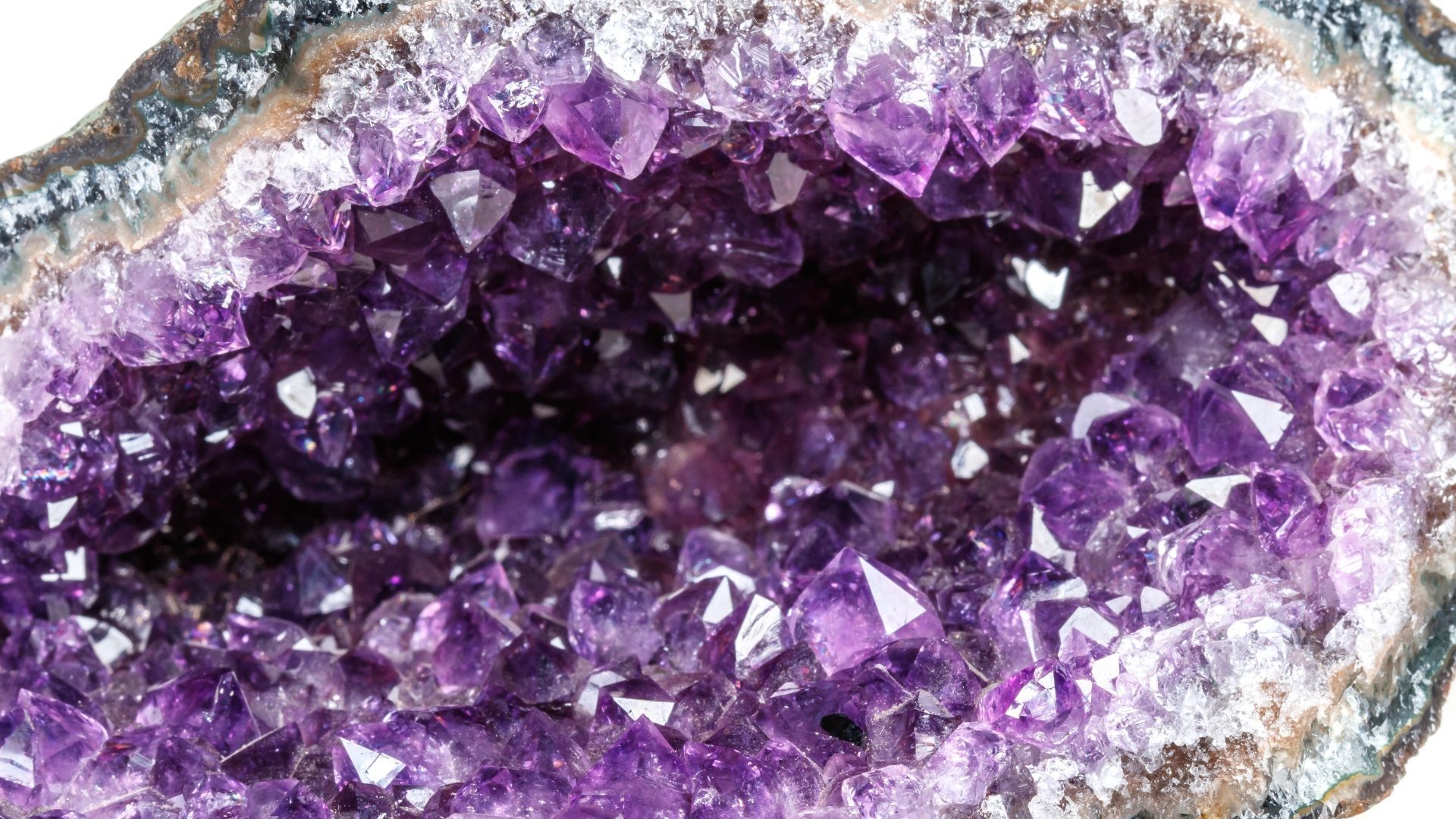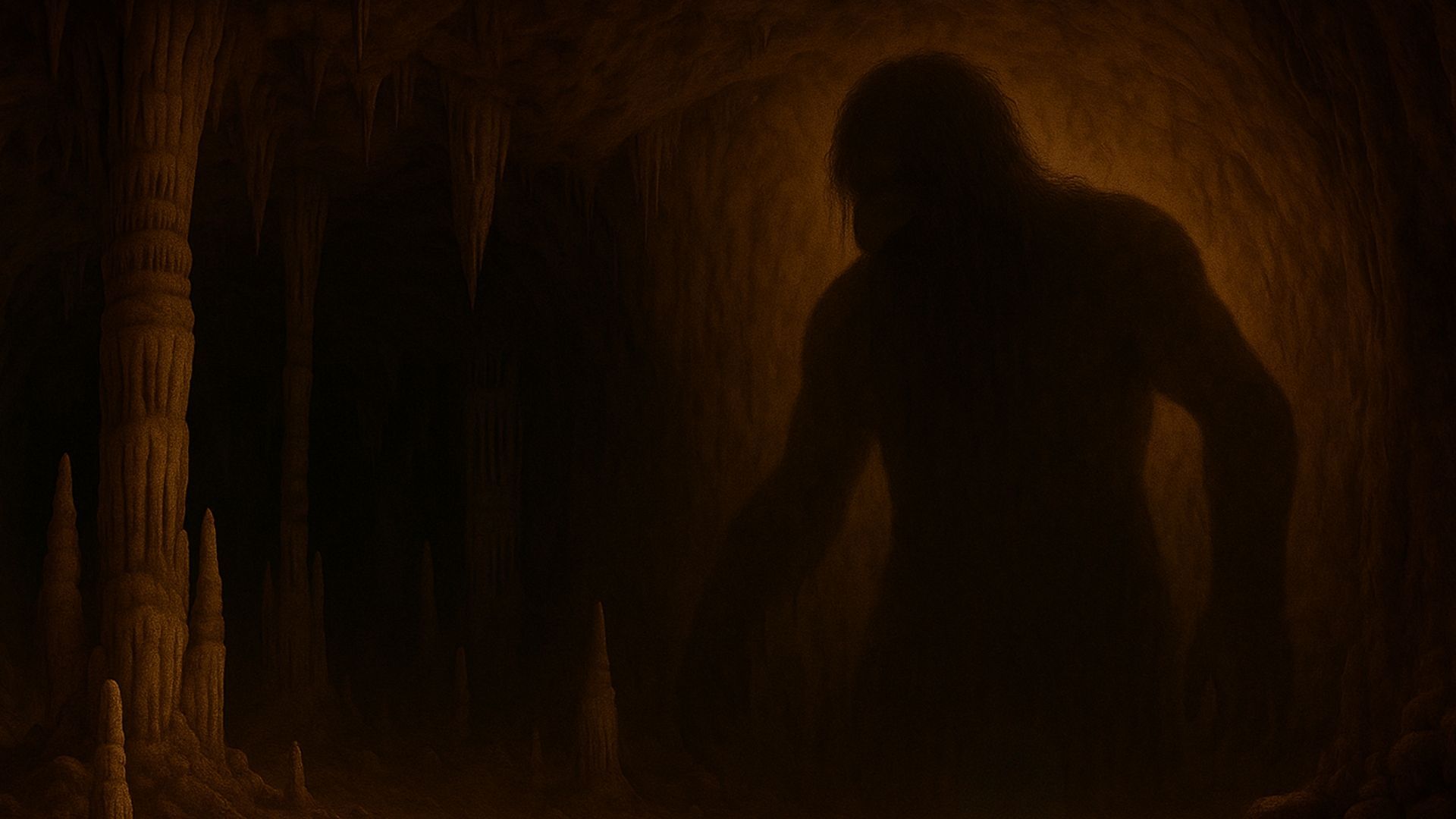These days, completely dark skies are a rarity – but the Yorkshire Dales are an exception. Learn more in our guide to local stargazing.
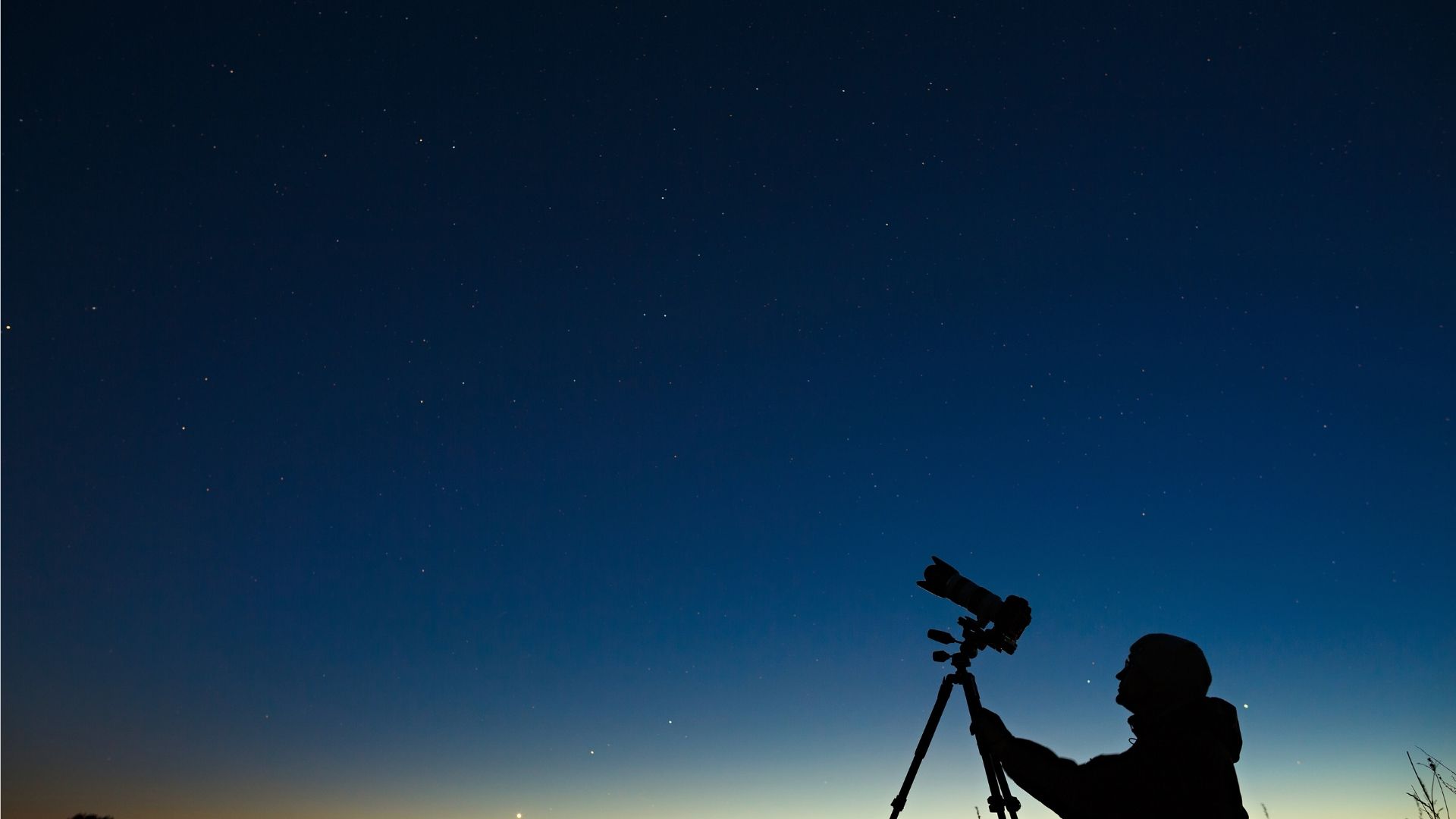
"Remember to look up at the stars and not down at your feet" – Stephen Hawking
England is fast becoming the country that never sleeps. Research has shown that just
21.7% of England has pristine night skies. The other 80% are blotted out by streetlights, cars, office buildings, billboards and more.
This has a dramatic effect on the way our night skies look. While our ancestors would look up at the heavens and see a mesmerising tapestry of stars, today the majority of us only see a fraction of what's out there.
But it's not just stargazers who are affected. Light pollution messes with animals' migration patterns and habitat formation. It leads to sea turtles getting lost and perishing as a result. Even blackbirds suffer – a study in Germany revealed that city-dwelling blackbirds were getting up earlier than their rural counterparts.
In most urban areas, we're so used to light pollution that we no longer notice how limited our view of the stars is. As Lord Martin Rees, the Astronomer Royal, said: "Unless they live in remote rural areas, young people may grow up without ever seeing a truly dark starry sky – and that's a real deprivation."
Thankfully, all is not lost – and the Yorkshire Dales is one part of the country where you can look up and see the skies as your ancestors would have done, free from the glow of street lights and neon signs.
It's so dark, in fact, that it's been officially designated as a Dark Sky Reserve by the International Dark Sky Association.
That makes it a magnet for stargazers of all kinds – from eager amateurs to seasoned professionals.
So for those interested in a spot of stargazing in North Yorkshire, we've put together this handy guide.
Where is good for stargazing in Yorkshire?
Pretty much anywhere in the Yorkshire Dales National Park is good for stargazing. There are four spots open to the public – Hawes and Malham National Park Visitor Centres, Tan Hill Inn and Buckden National Park Car Park.
These are the ideal destinations for a beginner. They're accessible and fitted out with user facilities – so if you're a little nervous about the cold and dark, they could be the place for you.
But the further out you go, the more you're going to see. Remoteness is a stargazer's friend.
So the more remote, the better – and the same applies to the clearness of the sky. On a cloudless night, you stand a chance of seeing up to 2,000 stars as well as planets, meteors and the Moon in all its pomp.
August is a fixture in the stargazer's schedule thanks to the yearly Perseid meteor shower. This is a time when hundreds of meteors put on a spectacular show.
The shower doesn't always occur at the same time, so it can be worth downloading a stargazing app.
The same applies to the Northern Lights. We only know when they'll be visible a few hours before showtime, so you need to have your bag packed and be ready to get going.
There's also a chance of seeing the International Space Station. This has been orbiting the Earth at 17,000 miles per hour for 24 years and it completes a circuit every 90 minutes. But visibility isn't guaranteed – again, you'll need to stay on top of the cosmic calendar.
As for the Moon, it's brightest around a fortnight after a full Moon – but be warned, this is the point in the lunar cycle when the fewest stars can be seen. You'll see the spangliest sky around the time of the new Moon.
What do you need to go stargazing?
The simple answer to this is "your eyes" – there are incredible sights to be enjoyed without any paraphernalia. But if you want to get a closer look, invest in a telescope or a pair of binoculars.
You'll want to wrap up warm and take some hot refreshments. If you take a torch, be aware that white light can slow down your eyes' ability to adjust to the dark skies. For this reason, red lights are a better shout.
Finally, you might want a star chart to help you identify what you're looking at. Smartphone apps are an option but, again, the light from your phone can stop your eyes from fully adjusting.
What is a Dark Sky Reserve?
The Yorkshire Dales National Park has Dark Sky status. This is an official title conferred by the International Dark Sky Association (IDA).
There are Dark Sky Reserves all over the world. The largest is Death Valley National Park at 13,700 square kilometres. You can find them in Europe, New Zealand and Namibia – and, closer to home, in the Brecon Beacons and Snowdonia.
Areas have to meet some criteria to qualify. The main one is light meter readings. But the area also needs to have substantial "dark-sky-friendly" lighting (outdoor lights that minimise glare) and at least 80% of the area's population needs to support the initiative.
Stargazing at Stump Cross Caverns
At Stump Cross Caverns, we have front-row seats for the beauties of the universe. That's why we hold our semi-regular Dark Skies Experience, led by a guest astronomer.
These events are ideal for stargazers of all ages and levels. You don't have to be mad about astronomy to join in, but be warned – you might get a taste for it.
Before or after the session, you can take a guided tour of our subterranean tunnels and caverns, before warming up in our Time Café.
Whoever you are, stargazing can be a magical experience – and an educational one, too. Join us at our next Dark Skies Experience and see what all the fuss is about.
At Stump Cross Caverns, we hold a range of fun activities in Yorkshire, including our Dark Skies Experience. Interested? Check out our schedule to find out when the next one is.

